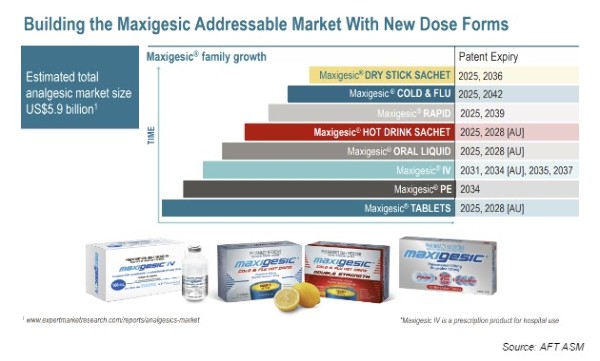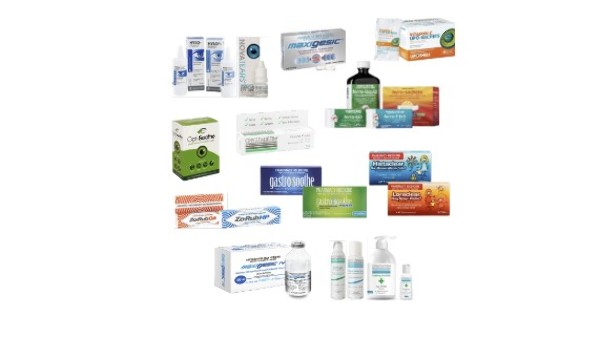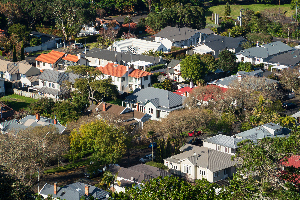By Stephen Bennie
Initially a relatively early stage and growing company, such as AFT, will use all available funds to invest for future growth. But a company will often reach a stage of maturity on that growth path where it will start to pay a small amount of available funds to share holders in the form of a dividend. In the case of AFT they have set their dividend to be in the range of 20-30% of net profit after tax. This still allows for the significant majority of earnings to be reinvested into the business for future growth, but it also indicates that the board expects on-going positive and increasing earnings. This is because the dividend policy of 20-30% would mean a lower quantum of dividend if next years earnings were lower, and frankly the board would not have started paying a dividend if they thought such an outcome was remotely likely. That is because dividend cuts cause investors extremely severe headaches. Which takes us neatly to Maxigesic.
Sceptics, and we know there are some of them out there, argue that AFT is a one trick pony and that is Maxigesic, and furthermore it’s not even much of a trick. Maxigesic, AFT flagship product, is a pain medicine that gives you paracetamol and ibuprofen in one package. And its true that an individual can essentially replicate it by having a tablet of Panadol and a tablet of Nurofen. To form a favourable view on AFT, an investor would have to believe in two outcomes, that Maxigesic has a large addressable market and that AFT has a pipeline of other products that have large potential markets.
So firstly, can sales of Maxigesic take off round the world? If the example of sales in Australasia is anything to go by, the simple answer is yes. The key factor at play appears to be convenience, why take two tablets when you can take one. There are so many examples of people opting for convenience, people buy sliced bread even though they have a knife, people use remote controls to operate televisions even though there are buttons on them, the examples are endless. Convenience is king and Maxigesic offers that. AFT are working hard to offer that convenience in as many easy-to-use forms as possible. This is demonstrated in the diagram taken from the recent ASM, which shows that AFT have developed several ways other than tablets to take Maxigesic. For example, early sales of the brand new Maxigesic Cold & Flu Hot Drink have been encouraging.
Diagram from the AFT’s ASM underselling the potential for Maxigesic

The diagram above gives a good impression of the Maxigesic range and associated patents that AFT has garnered for them. It however doesn’t do quite such a good job of giving investors a sense of the scale of the opportunity, due to a slightly unfortunate typo. The analgesic global market size, that AFT is looking to take a slice of, is actually US$59.5 billion, ten times the size of the number given at the ASM. Even just a 1% market share would represent annual sales of around $550 million, over 4 times AFT’s current total revenue of $130 million. Clearly the upside from a successful global commercialisation of the Maxigesic family would be materially positive for AFT’s earnings. And AFT is not going to die wondering on this front, they have already started selling Maxigesic in 46 countries and they are aiming to double that to 90 over the course of the next 18 months.
The next part of the question was whether AFT has a culture of innovation that is capable of generating an on-going pipeline of valuable new products. This is key because Maxigesic patents will expire down the line and without on-going product innovation AFT is unlikely to be generating earnings growth in five to ten years’ time. A good starting point, in terms of forming a view on this is to look at the current suite of products that AFT has already developed. In its largest current market, Australia, AFT offers 130 products across seven therapeutic areas; pain, eyecare, medicated vitamins, allergy, gastrointestinal health, dermatology and hospital. This supports the notion that there has been a pipeline of innovative products.
Picture showing a fraction of AFT’s current product line

But the future pipeline is even more important in terms of what AFT could be earning in five to ten years. The signs are promising on that front too. AFT is currently investing nearly 10% of its revenues in research and development, that’s a very solid commitment. It’s why AFT expects the majority of their future growth to come from new products. They are targeting the launch of 78 new products in the next four years. Clearly, they won’t all be another Maxigesic but if just one of them is half as good the future would be very rosy.
Putting together the huge global market that Maxigesic is now being launched into and the significant pipeline of innovation, it is our view that AFT will grow earnings significantly in the medium and long term. That should allow for plenty more dividends in the years ahead.
Disclaimer
The following commentaries represent only the opinions of the authors. Any views expressed are provided for information purposes only and should not be construed in any way as an offer, an endorsement or inducement to invest. All material presented is believed to be reliable but we cannot attest to its accuracy. Opinions expressed in these reports may change without prior notice. Castle Point may or may not have investments in any of the securities mentioned.
About Castle Point Funds Management Limited
Castle Point is a New Zealand boutique fund manager, established in 2013 by Richard Stubbs, Stephen Bennie, Jamie Young and Gordon Sims. Castle Point’s investment philosophy is focused on long-term opportunities and investor alignment. Castle Point is Morningstar Fund Manager of the Year 2021 – Domestic Equities.
About Stephen Bennie
Stephen is a co-founder of Castle Point. He has over 25 years of investments experience and 18 years of portfolio management experience in New Zealand and abroad. Stephen holds a Bachelor of Commerce (Hons) in Business Studies and Accounting from the University of Edinburgh in 1991 and is a CFA charterholder.
Stock photos can be found here:
More information can be found at:





Comments
No comments yet.
Sign In to add your comment